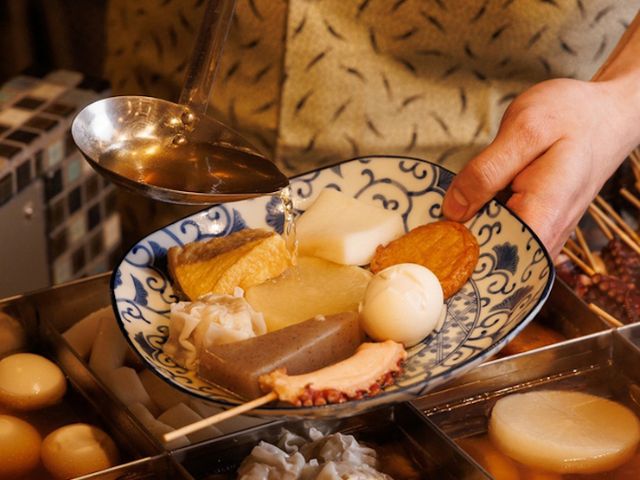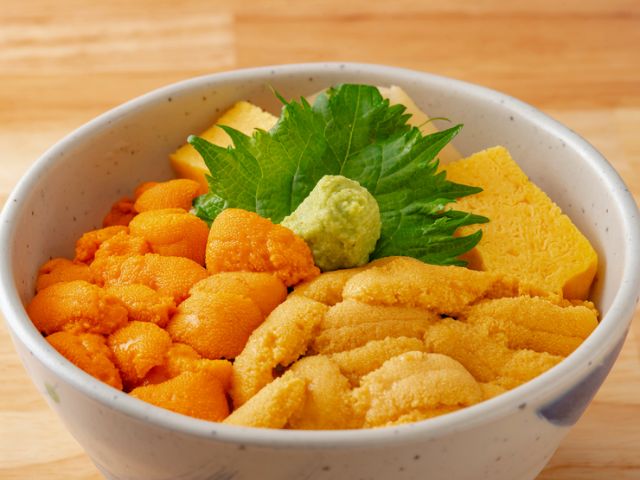Discover Oishii Japan
If You Plan to Explore Japan, Check This Out! Go on a Japanese Food Journey!
SAVOR JAPAN offers information on popular gourmet spots and food genres in Japan. After reading this, you won't be able to hold back from telling your travel companions - friends or family - about us!
New Articles
-
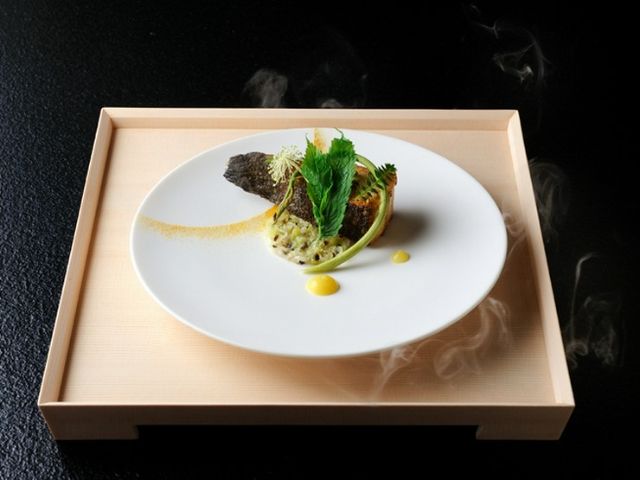
Want to go now! Delicious French restaurants in Tokyo
Not only Japanese, but also a multitude of high-quality international cuisine restaurants can be found in the cosmopolitan city of Tokyo. Tasting international dishes made with Japanese ingredients offers a unique and attractive experience for visitors that can only be enjoyed during their stay in Japan. This time, we focus on French cuisine and have picked out five noteworthy French restaurants in Tokyo that you should definitely check out.
-
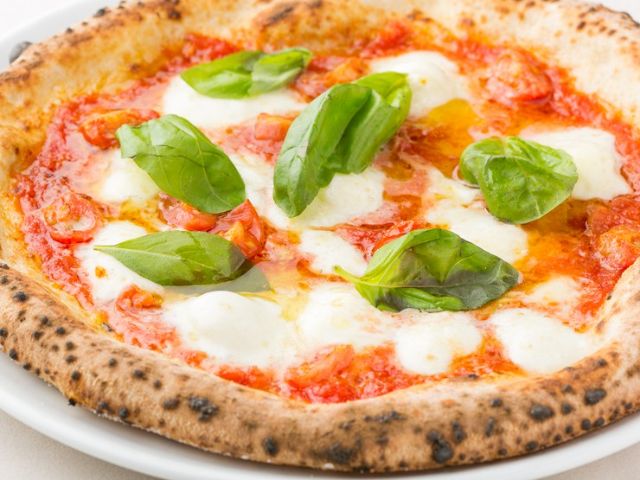
Must-Try Italian Restaurants in Tokyo From Casual to High-End
Tokyo, where the world's cuisines come together. When it comes to Italian, there are many high-level restaurants concentrated here. This time, we've picked out some of the most attractive Italian restaurants in Tokyo, ranging from authentic regional Italian to exquisite Italian dishes prepared by skilled chefs. Japanese cuisine is great, but be sure to experience the high-level Italian cuisine in Japan as well.
-
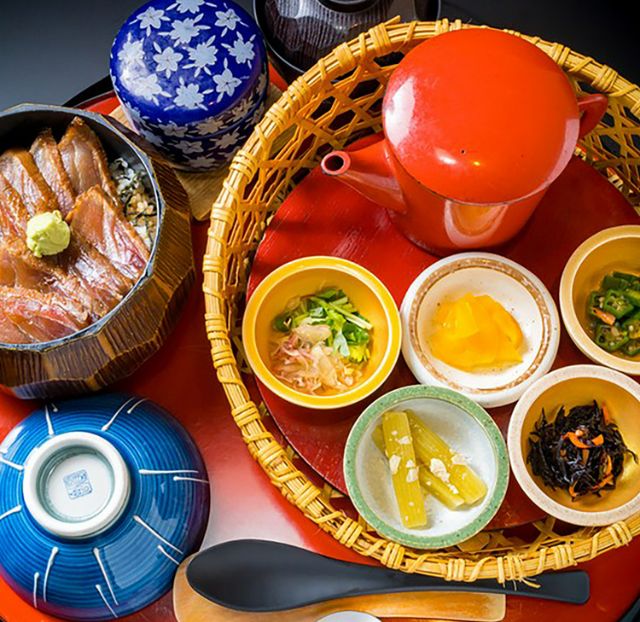
Rainy Season: 5 Japanese Restaurants Directly Connected to Nagoya Station Where You Can Go Without Getting Wet|Nagoya
The rainy season has arrived, and there are times when you might feel reluctant to go out for a meal because of the rain. Therefore, we have picked five Japanese restaurants around Nagoya Station that are either directly connected to the station or located in underground shopping areas, allowing you to reach them without getting wet. How about lifting your spirits with a delicious meal even on a rainy day?
-
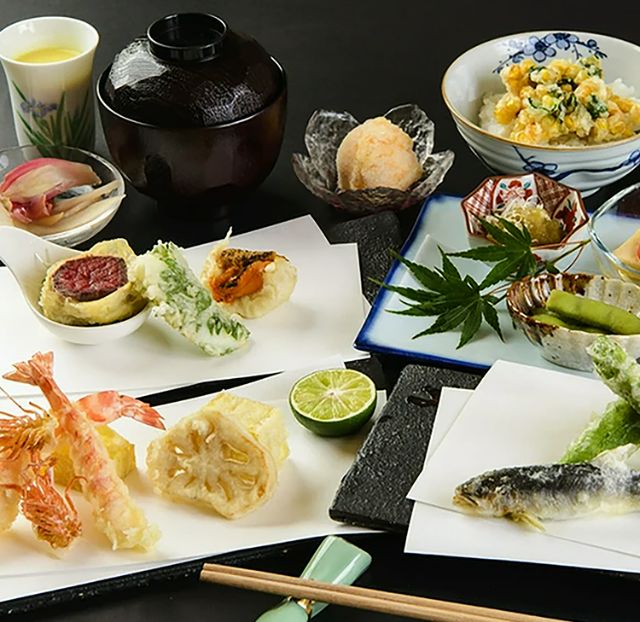
After Enjoying the Gion Festival, Come Here! 5 Restaurants Full of the Charm of the Ancient Capital|Kyoto
One of the three major festivals in Japan, the Gion Festival. The main event is the Yamaboko Junko (procession of floats), where the mountains and floats that were displayed in the parish area of Yasaka Shrine parade through the city (divided into the schedule of the first and second festivals). After enjoying this summer tradition of Kyoto, you would surely want to conclude the evening at a place where you can fully savor the elegance and flavors of Kyoto. This time, we will introduce five special restaurants that fulfill such a wish.
-
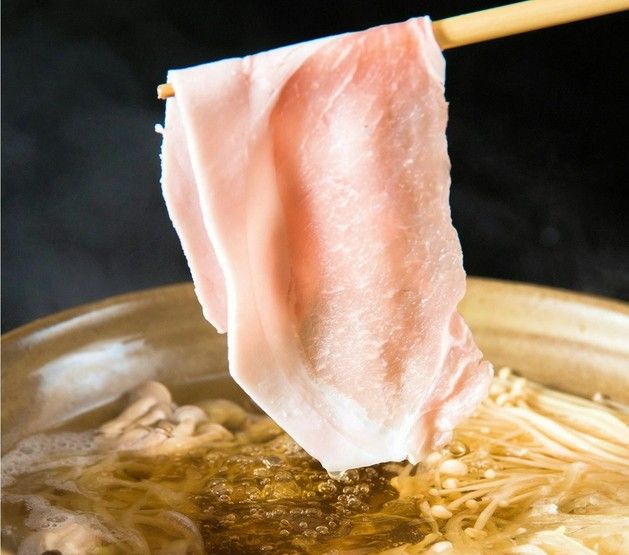
If you want to eat Agu pork, try it with shabu-shabu (boiled meat slices)! A shabu-shabu restaurants in Okinawa
One of the must-try ingredients as an Okinawa specialty is the native Okinawan pork, 'Agu pork.' Among the various cooking methods, the recommended one is 'shabu-shabu (boiled meat slices),' which allows you to directly taste its rich flavor while being healthy. We have picked out five restaurants that each have their own unique take on this dish. The atmosphere of each restaurant is also full of character, so be sure to find one that suits your taste.
-

Steak, Yakiniku (Japanese BBQ), and Yakitori! A restaurant in Okinawa boasting meat gourmet
Okinawa, a popular resort area surrounded by the sea, is not only known for its seafood but also has a reputation for delicious locally-produced meat. From exquisite steak to original Yakiniku (Japanese BBQ) and Yakitori, we introduce five restaurants that are not only about taste but also have an attractive atmosphere. Enjoy the liberating air of Okinawa while fully savoring the meat dishes.
-
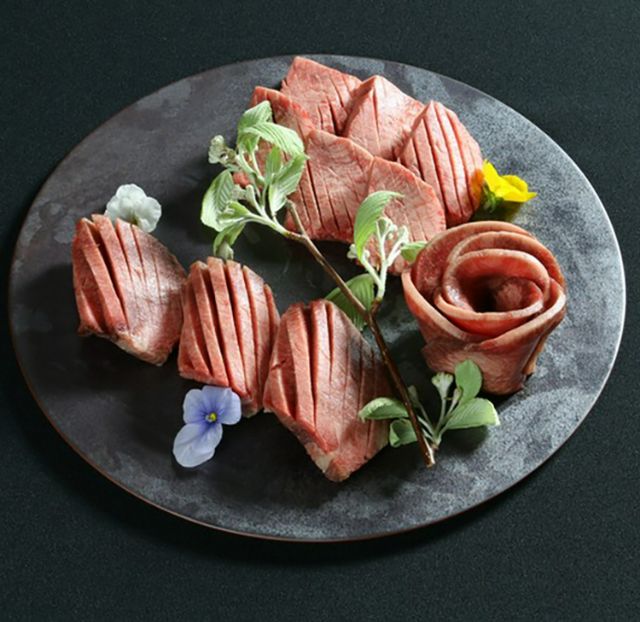
Perfect for Special Occasions: Five Restaurants with Private Rooms to Enjoy Meat|Kyoto
Did somebody say date night?! At times when you want to make things extra special, a delicious meal is an absolute must. This time, we've selected five restaurants in Kyoto where you can enjoy savory meat dishes in private rooms, perfect for such a special occasions. After fully enjoying the charm of the ancient city, you can relax and savor meat dishes in a private room. It will surely be an unforgettable day.
-
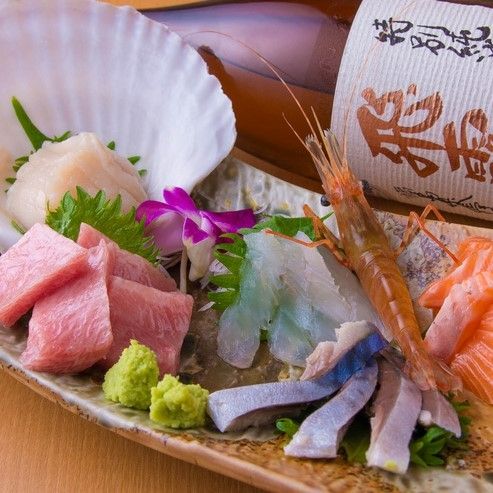
Five Japanese Restaurants with Delicious Fish Dishes from the Northern Land|Susukino, Sapporo
Hokkaido is a well-known treasure trove of food. The deliciousness of seafood varies by season and region, and it is exceptional. This time, we explored restaurants in the Sapporo and Susukino areas, which are rich in seafood, to find places that specialize in fish dishes. We will introduce restaurants where you can enjoy not only sashimi but also simmered dishes and grilled fish, along with drinks.
-
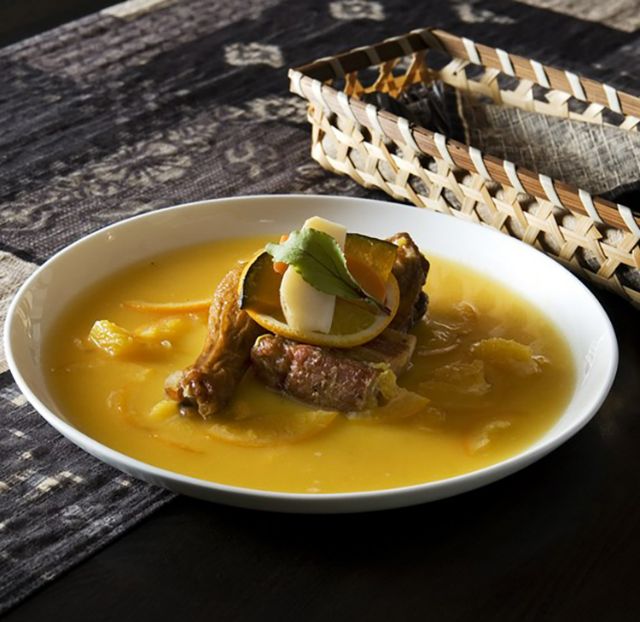
Enjoy Both Flavor and Aroma! 5 Recommended Restaurants with Delicious Smoked Dishes|Hokkaido
Smoked cuisine is all about adding a smoky flavor to the natural taste of the ingredients, creating a new level of deliciousness. Once you get hooked on its unique aroma, you'll find it irresistible. This time, we've picked out five restaurants in hokkaido where you can enjoy delicious smoked dishes. Each restaurant offers its own unique and creative smoked cuisine, so be sure to give them a try!
-
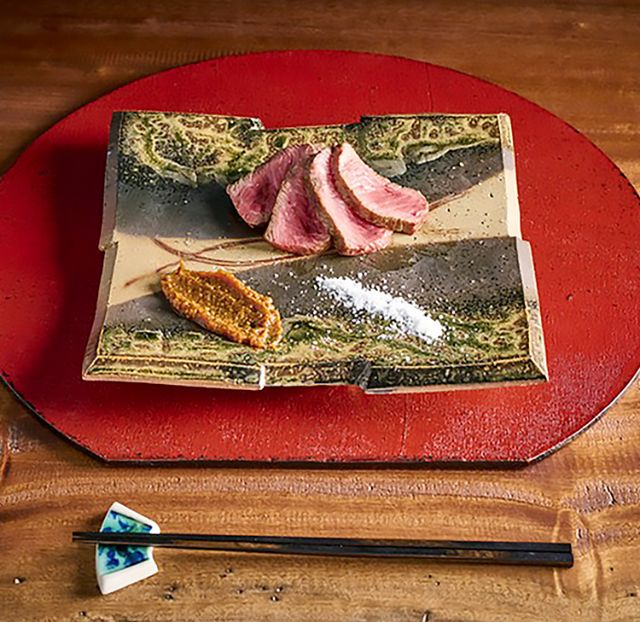
5 Selected Calm Spaces for Enjoying Japanese Cuisine on an Adult Date in Tokyo
Enjoy delicious Japanese cuisine in a relaxed atmosphere. We've picked out five perfect spots in Tokyo for an ideal adult date. The chefs' skills shine through in seasonal dishes and drinks, ensuring an exceptional experience.
Discover more restaurants by area
New Articles
Categories
Cuisine
- Bars (23)
-
Japanese Cuisine (675)
- Kaiseki (46)
- Nabe (19)
- Okonomiyaki (23)
- Shabu Shabu (36)
- Soba (18)
- Sushi (137)
- Tempura (19)
- Teppanyaki (46)
- Shojin Ryori (3)
- Tonkatsu (11)
- Kushiyaki (10)
- Yakitori (44)
- Sukiyaki (35)
- Japanese Cuisine (341)
- Oyster (2)
- Sashimi/ Seafood (19)
- Unagi (eel) (31)
- Motsu Nabe (offal hotpot) (6)
- Mizutaki (chicken hot pot) (3)
- Oden (8)
- Kaisendon (seafood bowl) (9)
- Udon (2)
- Taverns(Izakaya) Cuisine (123)
- Western Cuisine (42)
- Italian/French Cuisine (94)
- Yakiniku/Steak (223)
- Chinese Cuisine (26)
- Ramen (Noodles) Cuisine (25)
- Cafe/Sweets (60)
- Other Asian Cuisine (5)
- Global/International Cuisine (7)
- Alcohol (45)
- Other (11)
Area
- Shikoku (10)
- Kyoto and Osaka (344)
-
Tokyo (456)
- Tokyo (284)
- Ginza (43)
- Roppongi (21)
- Shibuya (25)
- Shinjuku (46)
- Asakusa (20)
- Ebisu (12)
- Tsukiji (10)
- Tokyo Landmarks (4)
- Ueno (23)
- Akihabara (9)
- Ikebukuro (12)
- Jiyugaoka, Denenchofu, Nakameguro (9)
- Shimokitazawa (4)
- Kichijoji (3)
- Tachikawa (1)
- Omotesando, Harajuku, Aoyama (18)
- Akabane (1)
- Kagurazaka (4)
- Akasaka (10)
- Odaiba (1)
- Tsukishima, Harumi, Toyosu (3)
- Near Tokyo (100)
- Okinawa and Ryukyu Islands (58)
- Hokkaido (124)
- Northern Honshu (Tohoku) (31)
- Central Honshu (Chubu) (144)
- Western Honshu (Chugoku) (32)
- Kyushu (92)
Archives
- December 2025(8)
- November 2025(4)
- October 2025(3)
- September 2025(6)
- August 2025(11)
- July 2025(19)
- June 2025(18)
- May 2025(34)
- April 2025(43)
- March 2025(30)
- February 2025(36)
- January 2025(26)
- December 2024(69)
- November 2024(31)
- October 2024(15)
- September 2024(39)
- August 2024(65)
- July 2024(31)
- June 2024(54)
- May 2024(61)
- April 2024(28)
- March 2024(31)
- February 2024(42)
- January 2024(32)
- December 2023(20)
- November 2023(5)
- October 2023(11)
- September 2023(7)
- August 2023(18)
- July 2023(8)
- June 2023(8)
- May 2023(18)
- April 2023(15)
- March 2023(1)
- January 2023(1)
- April 2022(2)
- March 2022(2)
- February 2022(1)
- January 2022(1)
- July 2021(1)
- March 2021(1)
- February 2021(1)
- December 2020(1)
- October 2020(1)
- September 2020(2)
- August 2020(10)
- July 2020(6)
- June 2020(9)
- May 2020(11)
- April 2020(8)
- March 2020(8)
- February 2020(13)
- January 2020(9)
- December 2019(24)
- November 2019(8)
- August 2019(14)
- July 2019(15)
- June 2019(18)
- May 2019(17)
- April 2019(16)
- March 2019(22)
- February 2019(22)
- January 2019(26)
- December 2018(34)
- November 2018(40)
- October 2018(32)
- September 2018(11)
- August 2018(8)
- July 2018(6)
- June 2018(9)
- May 2018(10)
- April 2018(21)
- March 2018(74)
- February 2018(39)
- January 2018(26)
- December 2017(59)
Keywords
- Omakase
- Accessible
- Affordable
- All-You-Can-Eat
- Amazing Scenery
- anime
- Art
- Autumn
- Awards
- Beer Gardens
- Breakfast
- Chef Recommendations
- Cherry Blossoms
- Chinese
- Close To Station
- Condiments
- Counter
- Coupon
- Crab
- Culture
- Dassai
- Dates
- delivery
- Early Summer
- Editor's Recommendation
- English Available
- Event
- Expo
- Fall Leaves
- Family-Friendly
- Famous Restaurant
- Famous Tourist Spot
- Fast Food
- festival
- fireworks
- Flower Farm
- Free Wi-Fi
- French
- Great Location
- Guide
- Hibachi
- hotpot
- How To
- hydrangea
- Hygiene
- Illumination
- Italian
- Izakaya
- Japanese
- Japanese alcohol
- jingisukan
- Kaiseki
- Kappo
- Kushiage
- Kushikatsu
- Kyoto
- Late-Night
- Lunch
- Manners
- matsusakagyu
- Michelin
- mizutaki
- Model Course
- monjayaki
- motsunabe
- Mt.Fuji
- Multilingual Menus
- Nabe
- Narita Airport
- New Year
- Ninja
- Noodle
- Oden
- Okonomiyaki
- omotenashi
- Onsen
- Osaka
- Osaka Station
- Photogenic Site
- pizza
- PR
- Private Room
- Ramen
- ranking
- Recipe
- Regional Cuisine
- Resort
- Rice Bowl Dish (Donburi)
- sacred places
- Sake
- Sakura
- Sashimi
- sea urchin
- Setouchi Area
- Shabu Shabu
- sightseeing
- Signature Dish
- Soba
- Solo Diners Welcomed
- Spicy Food
- Spring
- Steak
- Summer
- Sunflower
- Sushi
- takeout
- Teppanyaki
- Terrace Seating
- Tokyo
- Tokyo Experiences
- Tokyo Skytree
- Tokyo Tower
- unagi
- UNESCO
- Vegan
- Vegetarian
- Wagyu
- What Popular Gourmet Sites Recommend
- Whisky
- Wine Bar
- Winter
- Wisteria
- Workshop
- World Heritage Site
- World Writers
- Yakiniku
- Yoshoku
- Yuba
- Zen
Discover Restaurants By Area
-
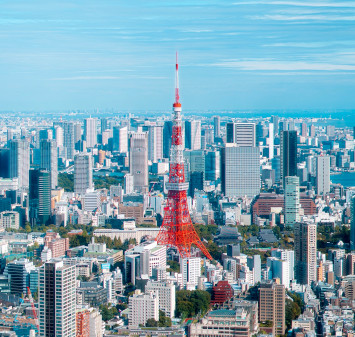
Tokyo Area
Japan's largest city, Tokyo, is the center of culinary culture in Japan. Countless Tokyo restaurants serve every kind of food imaginable and the Toyosu fish market keeps restaurants stocked with the nation's finest fish.
-

Near Tokyo
Coastal areas, mountains and valleys surrounding Tokyo are bursting with tourist destinations, such as hot springs and ski slopes, where many unique foods are only available locally.
-
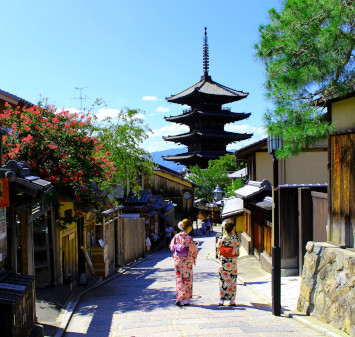
Kyoto and Osaka Area
The cities of Kyoto and Osaka, together with their surrounding areas, have greatly influenced Japan's culinary culture since the 7th Century. The region is renowned for its entertainment, Kobe beef, and wide-ranging traditional dishes.
-
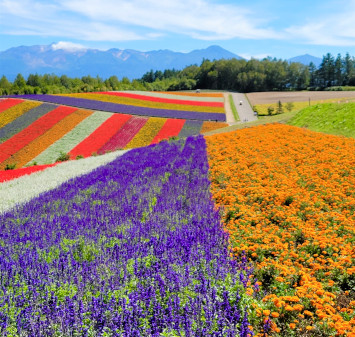
Hokkaido Area
The island of Hokkaido is home to wide-ranging produce of the finest quality, such as rice, meat, vegetables, fish and fruit. Popular dishes from Hokkaido include robatayaki (food slowly roasted on skewers) and Sapporo miso ramen.
-
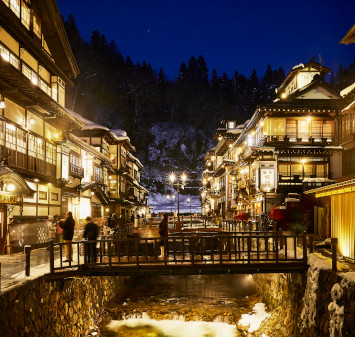
Northern Honshu (Tohoku)
The northern end of Japan's main island, Honshu, is renowned for its seasonal fruit and vegetables, nation-leading harvest of fish (especially tuna from Ohma), and delicious beef from Yonezawa, Sendai and Yamagata.
-
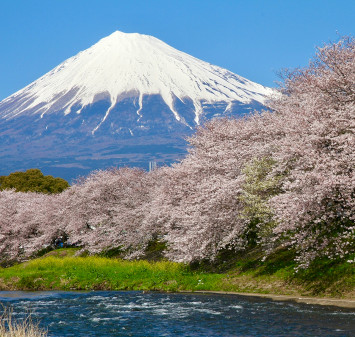
Central Honshu (Chubu)
Chubu is in the center of Japan's main island, Honshu, and its culinary culture reflects its position between Japan's western and eastern halves. Delicious Hida beef, world-famous Mount Fuji and many acclaimed sake breweries are in Chubu.
-

Western Honshu (Chugoku)
Chugoku, on the southwest of Japan's main island, is rich with diverse produce. Many of its products are praised as Japan's best, including Matsuba crabs from Tottori and oysters from Hiroshima. Its pears and muscats are also top grade.
-
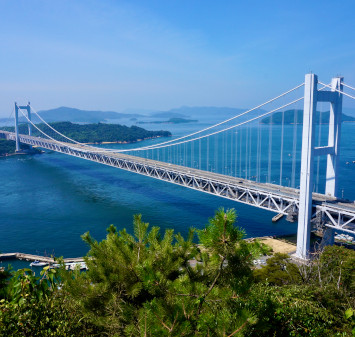
Shikoku
The mild climate of Shikoku is ideal for growing citrus fruit such as sudachi. Shikoku is also famous for Sanuki udon noodles, huge yields of tiger prawn from Ehime Prefecture and the best torafugu (tiger globefish) in the country.
-
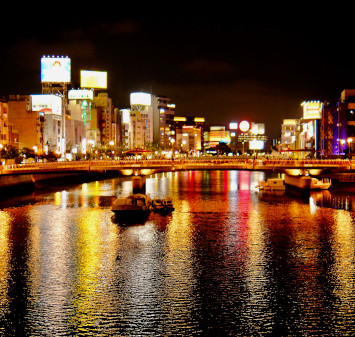
Kyushu
Western culture was first introduced to Japan through Kyushu, Japan's third largest island, where the influence of Portuguese and other western cuisine influenced the creation of a colorful culinary tradition.
-
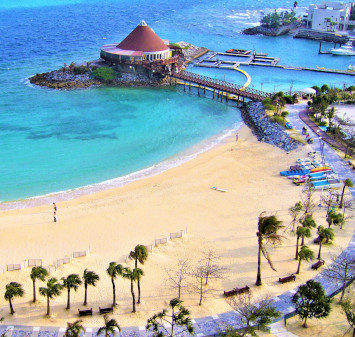
Okinawa and Ryukyu Islands
Okinawa, Japan’s southernmost prefecture, is a treasure trove of distinctive dishes and drinks that have become popular throughout Japan, including Okinawa soba, unique sushi toppings and Awamori distilled liquor.
